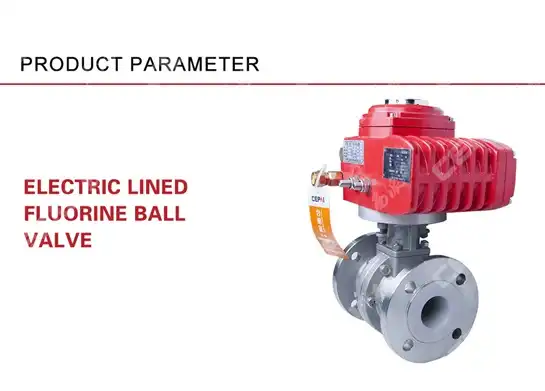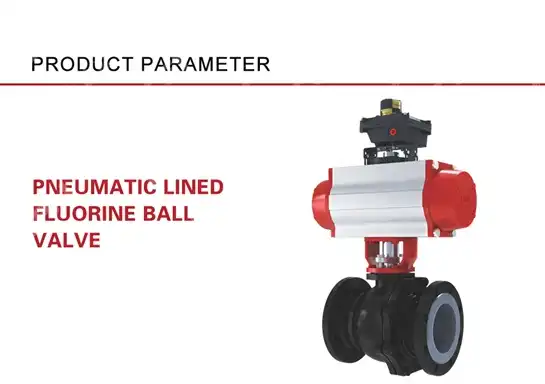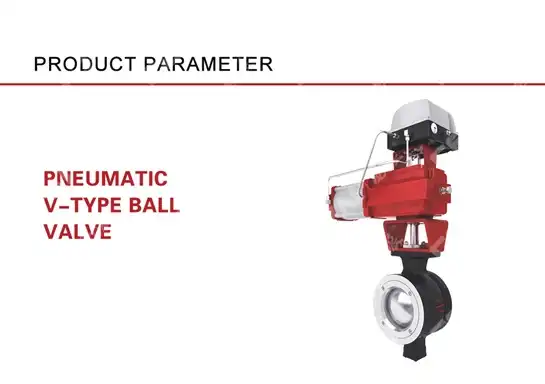A pneumatic ball valve is a specialized valve that employments compressed discuss to incite a circular closure component outlined for controlling stream in mechanical pipeline frameworks. This valve sort exceeds expectations in computerization by empowering farther operation, assisted exchanging between open and closed states, and predominant control of liquid flow. Coordination pneumatic ball valves into mechanized forms improves vitality productivity, progresses security benchmarks, and optimizes framework performance.
Understanding Pneumatic Ball Valves: Definition and Core Purpose
Pneumatic ball valves serve as essential components in numerous mechanical applications where stream control and weight control are basic. Not at all like manual valves, these valves include actuators fueled by discuss supply, which empowers exact rotating movement of the valve body. This setup permits quick, repeatable, and dependable valve situating with negligible manual intercession. The round valve plan gives a straight-through stream way, minimizing weight drop and turbulence, which is profoundly advantageous for prepare optimization. The center situating of pneumatic ball valves lies in their capacity to wed vigorous fabric toughness with advanced mechanization control signals, encouraging consistent integration into complex pipeline systems. As a result, these valves not as it were give productive liquid dealing with but moreover noteworthy security benefits through spill avoidance and steady torque application amid operation.
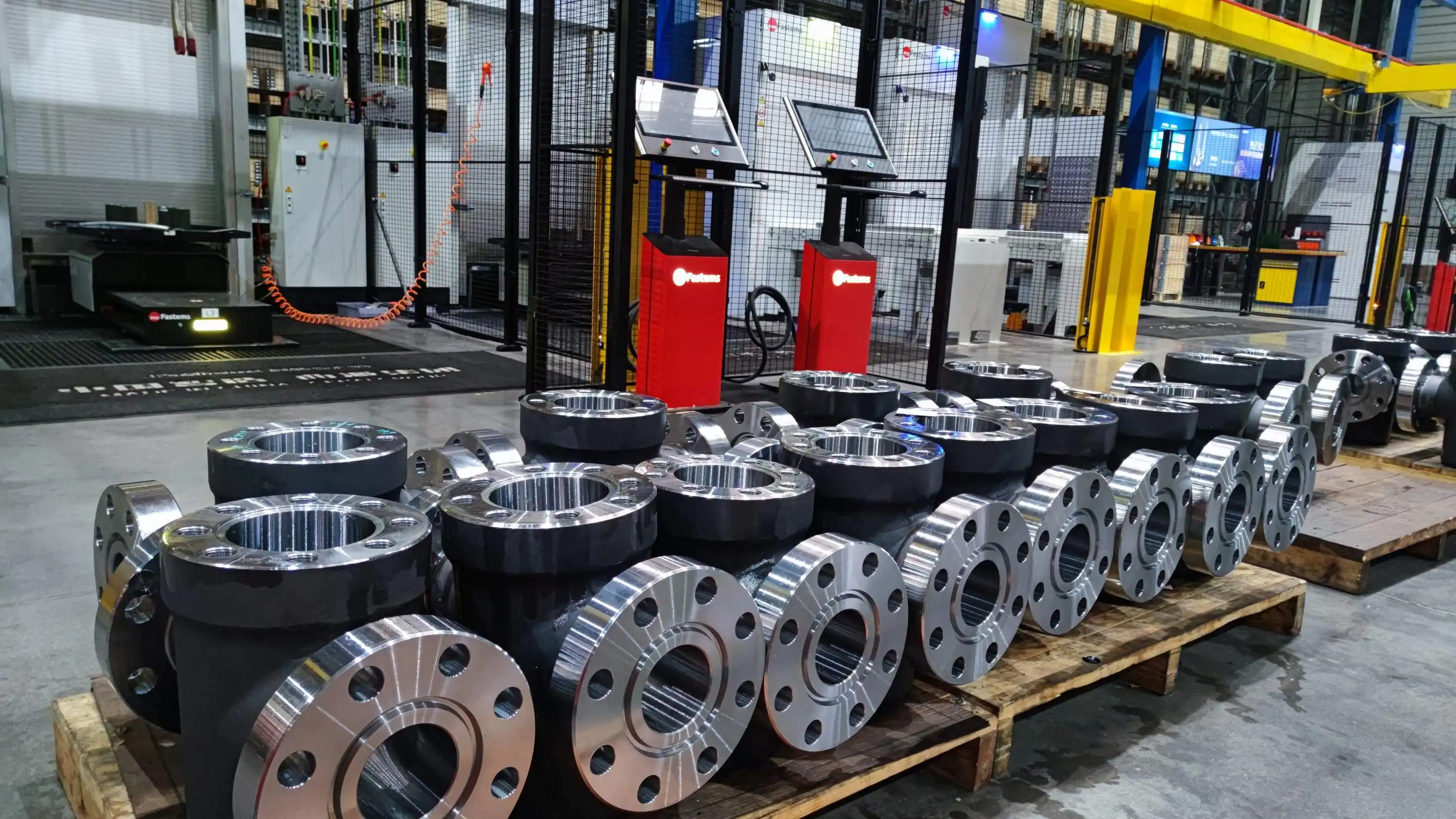
The Challenges Pneumatic Ball Valves Address in Automation
Industrial frameworks frequently confront issues related to wasteful manual valve operation, deferred reaction times, and conflicting stream control. These issues can lead to handle wasteful aspects, expanded vitality utilization, and increased security dangers. Pneumatic ball valves straightforwardly resolve these concerns by mechanizing valve incitation, guaranteeing speedier valve position changes, and empowering inaccessible operation. By conveying solid weight control and improving framework responsiveness, pneumatic ball valves diminish human blunder and upkeep downtime. They are fundamental for businesses requiring rigid adherence to security benchmarks, such as chemical handling and oil refining, where exact control over liquid stream and weight is non-negotiable. Their part in defending hardware and work force highlights their irreplaceable status inside the present day robotized landscape.
Core Features and Functionality Explained
One of the standout highlights of the pneumatic ball valve is its actuator instrument fueled by compressed discuss. This actuator empowers quick rotational movement of the valve body, which tweaks the stream of fluids or gasses through an mechanical pipeline framework. This quick acting control grants nuanced stream control and fast reaction to control signals, basic for energetic mechanized workflows. Leak anticipation is a trademark of its plan, accomplished through exact machining and fabric solidness developments. The valve body is commonly developed utilizing corrosion-resistant amalgams to withstand cruel working situations. Its air proof seal plan minimizes support needs and anticipates liquid misfortune, making it perfect for nonstop operation and inaccessible observing setups. Another striking usefulness incorporates the valve's compatibility with control frameworks that permit inaccessible operation, improving handle mechanization. This capacity to be coordinates with programmable rationale controllers (PLCs) and dispersed control frameworks (DCS) supports handle optimization. Upkeep is rearranged with measured components, whereas vitality productivity is progressed due to optimized actuator execution and decreased pneumatic discuss consumption.
The Technology Behind Pneumatic Ball Valves Simplified
At its center, the valve works through a controlled discuss supply that incites a pneumatic actuator. When discuss weight is conveyed, it makes torque that turns the valve’s round component interior the valve body. This rotational movement switches the valve between the open and closed positions, or tweaks it when planned for throttling. Advanced fabric science supports the valve’s execution, guaranteeing tall resistance to scraped spot and erosion, basic for keeping up astuteness beneath different liquid flow. The actuator is built for exactness control signals, permitting direction of valve position with surprising precision. Implanted sensors and keen checking alternatives encourage real-time input and diagnostics, empowering prescient upkeep and lessening startling shutdowns.
Key Advantages That Set Pneumatic Ball Valves Apart
This valve sort gloats a few unmistakable focal points that upgrade mechanical computerization. To begin with, its uncommon solidness comes about from premium fabric choice and licensed plan advancements. Such flexibility deciphers specifically into lower add up to fetched of proprietorship through amplified benefit life. Secondly, the high-precision control execution permits fine-tuned stream control in complex frameworks, guaranteeing security and operational consistency. The capacity to coordinated easily with mechanized control frameworks empowers farther operation, which is crucial in perilous or hard-to-reach environments. Additionally, pneumatic ball valves require negligible upkeep and include leak-proof fixing frameworks that essentially decrease downtime and natural dangers. CEPAI Bunch Co., LTD. recognizes itself by contributing in investigate and advancement that leads to groundbreaking valve innovations and strong obvious assurances, making its valves a favored choice among computerized pipeline framework suppliers.
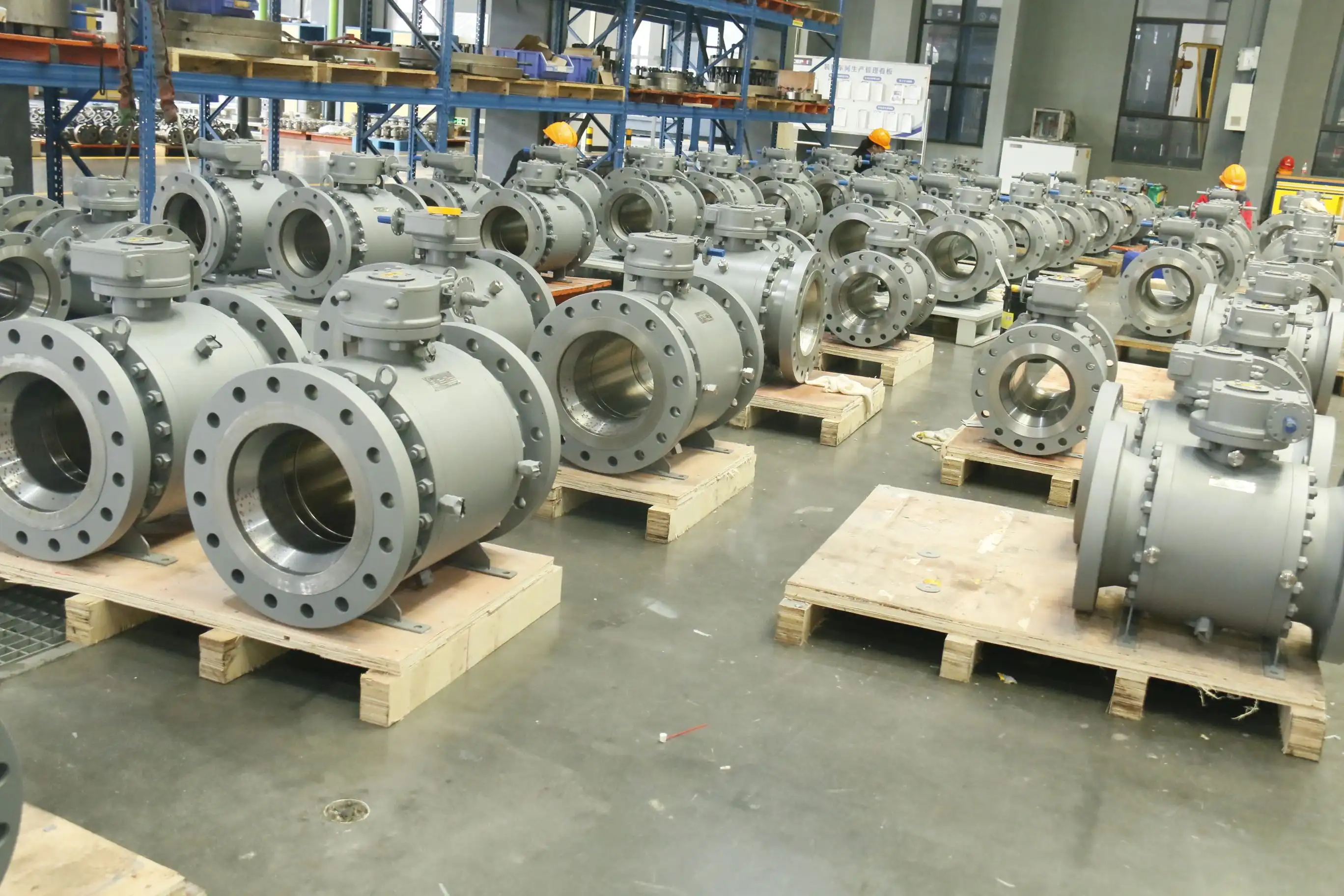
Potential Limitations and Important Considerations
Despite their numerous qualities, pneumatic ball valves have confinements commendable of thought. They depend on a persistent, clean discuss supply to work accurately, so discuss quality and weight variances can affect execution. Establishment requires cautious arranging to guarantee actuators get suitable control signals without flag slack or failure. Cost can be higher than manual or absolutely electric valves due to pneumatic framework components, but this venture regularly pays off in robotization picks up. Additionally, a few applications with greatly tall temperatures or grating media might request specialized materials past standard offerings, possibly expanding lead times and expenses. Operators too require to get it torque necessities to maintain a strategic distance from beneath or over-driving valves, which seem abbreviate item life expectancy or cause wasteful stream direction. Subsequently, pre-sales discussion and master establishment direction ended up pivotal, which companies like CEPAI Gather Co., LTD. exceed expectations in delivering.
Pneumatic Ball Valve Versus Competitors: A Brief Comparison
Comparatively, pneumatic ball valves surpass manual quarter-turn valves by advertising computerized, quick reactions and inaccessible operability. When stacked against electric ball valves, pneumatic adaptations tend to exceed expectations in quicker activation speed and regularly perform superior in dangerous situations where electric start dangers are a concern. While butterfly valves are cost-effective for large-diameter applications, pneumatic ball valves give more tightly seals and way better spill anticipation, which is basic for delicate mechanical forms requesting exactness in stream control. This makes pneumatic ball valves an perfect arrangement in segments prioritizing security and unwavering quality over forthright fetched savings.
Target Users and Common Applications in Industrial Automation
Industries leading the adoption of pneumatic ball valves include oil and gas, chemical manufacturing, pharmaceuticals, and food processing. Plant operators requiring high standards of fluid control, pressure regulation, and automated process optimization will value these valves most. Typical applications involve controlling the flow of liquids, gases, and steam in complex pipeline systems where remote operation and safety are paramount. Moreover, companies aiming at energy efficiency goals will find pneumatically actuated valves advantageous due to their minimal leakage and rapid cycle capabilities. As process automation continues to evolve, so does the demand for reliable valve solutions that can integrate with intelligent control systems. Pneumatic ball valves cater to this market by providing a perfect balance of durability, precision, and ease of maintenance, making them an asset for any progressive facility.
Conclusion and Future Outlook
Pneumatic ball valves play a vital role in enhancing automation across various industrial sectors by combining robust durability with precise control capabilities. Their integration into modern pipeline systems delivers improved process efficiency, greater safety, and reduced operational costs. As innovation continues, these valves are poised to become even more intelligent, energy-efficient, and seamlessly integrated into smart industrial ecosystems.
Explore Pneumatic Ball Valve Solutions with CEPAI Group Co., LTD.
Discover how CEPAI Group Co., LTD. can elevate your automation projects with their high-grade pneumatic ball valve offerings. As a trusted pneumatic ball valve manufacturer and supplier, CEPAI provides cutting-edge products built on patented technology and stringent ISO-quality standards. Customers benefit from comprehensive pre-sales technical consultation, customized solutions, and expert installation training.
CEPAI’s commitment to maintenance support and product traceability ensures your pneumatic valves perform seamlessly and reliably throughout their lifespan. When efficiency, safety, and longevity matter, reach out to CEPAI for a tailored pneumatic ball valve solution that drives your process optimization forward. Contact us at cepai@cepai.com today and experience the CEPAI difference in automation technology.
Frequently Asked Questions
Q1: What makes pneumatic ball valves preferable over manual valves in automation?
A: Pneumatic ball valves offer rapid actuation, remote control, and precise flow regulation, which manual valves cannot provide, enhancing efficiency and safety in automated environments.
Q2: How important is the air supply quality for pneumatic ball valve operation?
A: High-quality, dry, and regulated compressed air is essential to ensure actuator reliability and prevent valve malfunctions caused by contaminants or pressure fluctuations.
Q3: Can pneumatic ball valves be customized for specific industrial needs?
A: Yes, leading manufacturers like CEPAI provide tailored valve configurations, including material choices and actuator options, to meet diverse operational requirements.
References
1. Valve Handbook by Philip L. Skousen, detailing valve types and control mechanisms.
2. Automation in Process Engineering, published by ISA, focusing on valve integration in automation.
3. Handbook of Industrial Fluid Control, Carlson and Stuart, covering flow control solutions.
4. Material Durability in Valve Applications, Journal of Mechanical Design, highlighting corrosion-resistant materials.
5. Energy Efficiency Techniques in Pneumatic Systems, Pneumatics Industry Review, 2023 Edition.
6. Valve Actuator Technologies, Process Control Engineering Conference Proceedings, 2022.
_1746598563385.webp)

